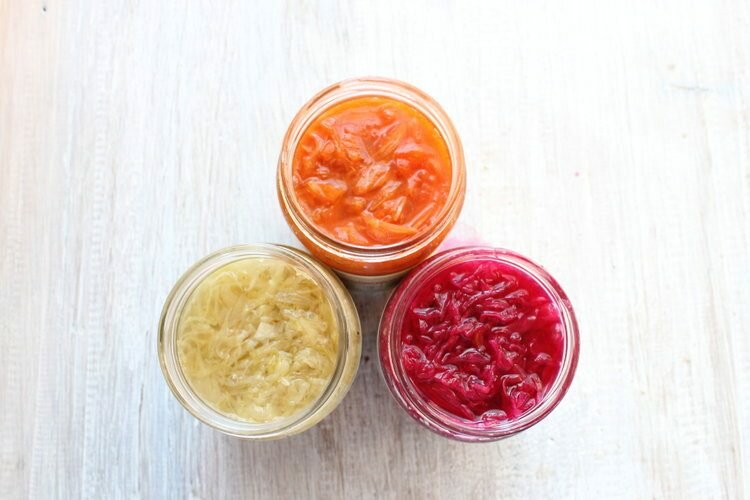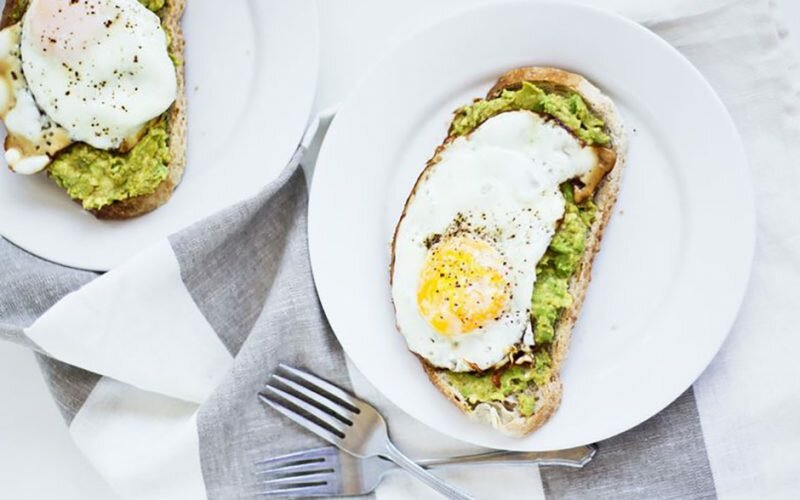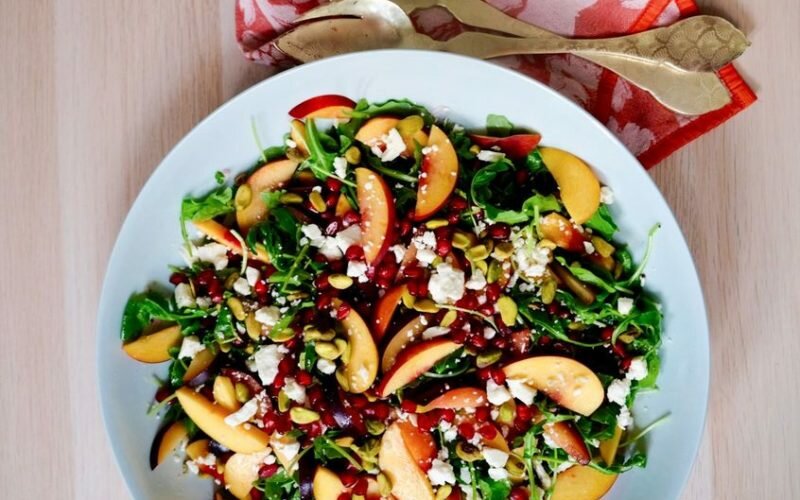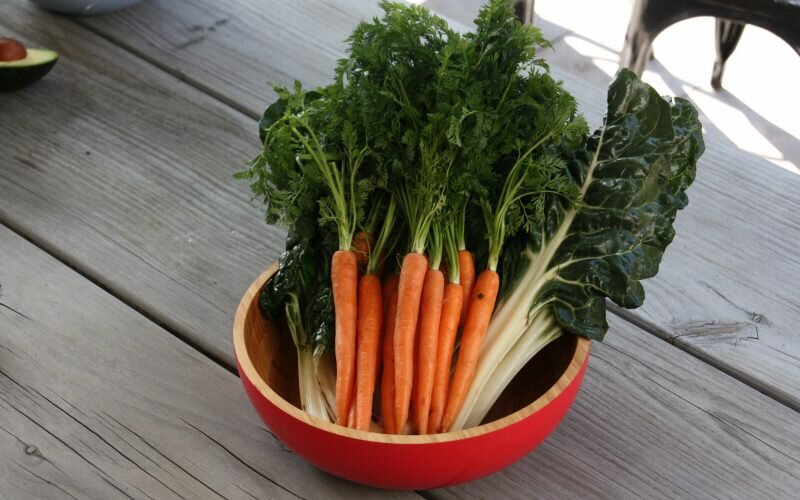Nutritionist Steph Wearne’s 5 top useful tips on how to re-use what you have and create a zero waste kitchen.
1. Batch cooking
If you’ve got an ingredient you are going to cook but you only need half and you’re not sure what to do with the other half, always cook it. Most things can be frozen once cooked and means you have something on hand ready for a quick meal next time you need it. For example, if you’re cooking a chicken breast but have two in the packet? Save yourself the time by cooking two at once and freezing one so next time you’re short on protein it’s cooked and ready to go. Shred it first so it will defrost quickly and then add it to salads, soups, stews, and curries as needed.
2. Stock container
Keep a medium to large container or bag in the freezer and any time you have a veggie scrap or a random veggie you won’t use, add it to the container so when it’s full you can make a veggie stock out of it. Herbs can also be added here.
3. Soup container
As above, keep another container or bag for veggie scraps that can be used in a veggie soup. When it’s full, roast, stir-fry or steam the veggies and add to a stock before blending or just add straight to a stock, simmer until tender, add some coconut milk and blend until smooth.
4. Storing tips and tools
Storing your veggies and fruit properly can significantly increase their shelf life because I know that if I am throwing out any veggies it is mainly because they have gone off and aren’t edible. So here are a few reminders for how to best store your veggies and fruit.
- Store fruit separate from vegetables. Fruits emit much more ethylene so can ripen vegetables faster than desired.
- Store potatoes, onions, whole pumpkins, and sweet potatoes in a cool dark place. Leave the dirt on if your potatoes come dirty.
- Greens like kale and silverbeet can be stored wrapped in a damp cloth. However, greens like spinach and rocket need to be stored dry in the fridge.
- Removing the tops of root veggies like carrots and beets stop the root from softening. But don’t forget you can use the tops in salads and pesto’s so don’t throw them away!
- Woody herbs like thyme and rosemary should be stored dry in the fridge. Basil and mint can be stored on the bench top in a glass of water. Coriander, parsley, chives and oregano can be stored wrapped in a damp paper towel in the fridge.
- Pre-cut veggies like carrot, celery and capsicum are best stored in a container of cold water and will keep for up to a week.
5. Preserving
I get a weekly box of organic veggies and fruit delivered so even if I have a meal planned for the week it’s likely I get one or two ingredients that I can’t think to use in time before it will start to deteriorate so I will try to ferment or pickle them. Below is my recipe for a general pickled veggie and fermented veggie:
Pickled Veggies:
- Choose your veggie (common ones I do are celery, radishes, onion, cucumber, carrots, beans, garlic, cauliflower, beetroot).
- Make a brine mixture of 1L water and 2 tablespoons salt.
- Take sterilised jar and fill with veggies plus any herbs. Leave a couple of cms at the top.
- Pour over brine and add a weight/cabbage leaf/celery end/ anything to keep the veggies submerged in the liquid.
- Leave on bench top for 5-7 days or until bubble stop forming. Burp the jar (release the lid) for the first three days. Store in the fridge.
Fermented veggies:
- Choose your veggies (common ones I use are cabbages, carrot, spring onion, apple, radish, cauliflower, broccoli, kale, beetroot, celery, lemon, onion and can add herbs, ginger, garlic etc) – Shred and finely chop whatever veggies and herbs you want to use.
- Add 1.5 tablespoons of salt per kg of veggies and mix through.
- Pound and squeeze the mixture for 10 minutes to release liquid.
- Add mixture to sterilised glass jar and push the mixture down firmly so the liquid rises to cover the veggies. Leave 2 cm at the top.
- Add a weight/cabbage leaf/ anything that will weigh the veggies down and keep them submerged.
- Ferment on your bench top for 2-3 weeks (dependent on weather) and then store in the fridge.
*If you notice any mould growing then discard of the mixture but surprsingly this is very unlikely when fermenting or brining veggies.
Article by Steph Wearne
Steph Wearne is a Registered Nutritionist and holistic foodie whose recipes are a revelation for anyone wanting to feed their body good food whilst keeping it easy and seriously delicious! She owns a training and nutrition studio in Melbourne, has a blog full of amazing recipes, creates menus for popular cafes, and has developed life-changing programs and recipe collections to bring balance and happiness back to our food and bodies. She also loves to downward dog, dance to 90’s music, and eat chocolate in her spare time…dark and homemade of course!
W: www.bodygoodfood.com.au
FB: /nutritioniststephwearne
I: Nutritionist_stephwearne






